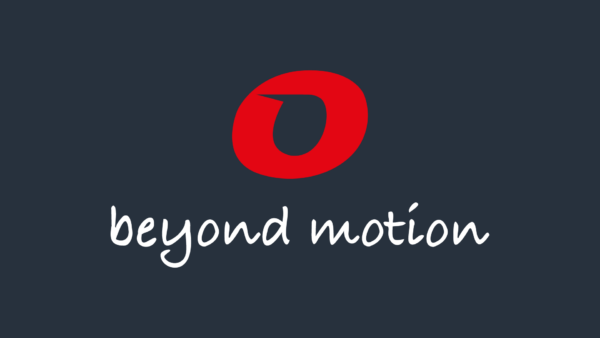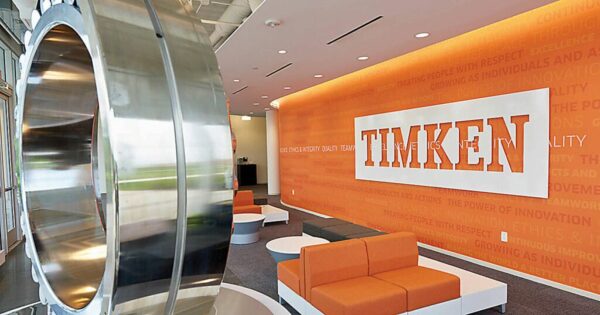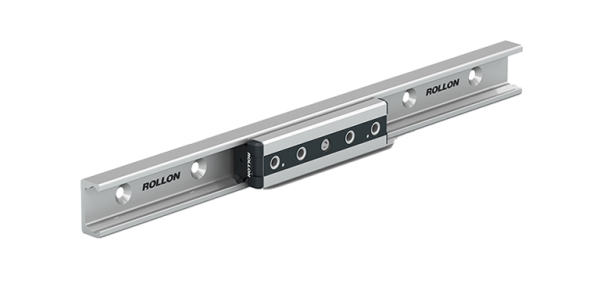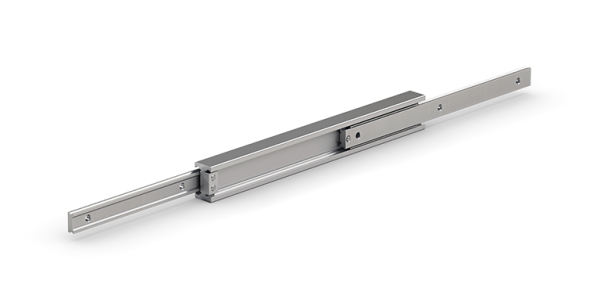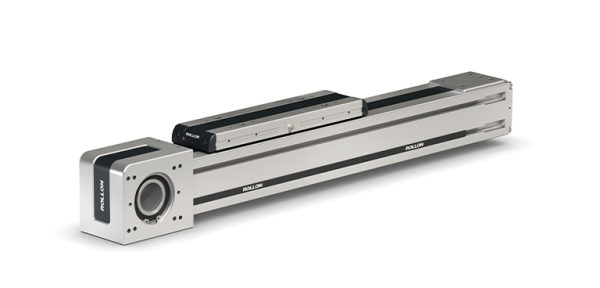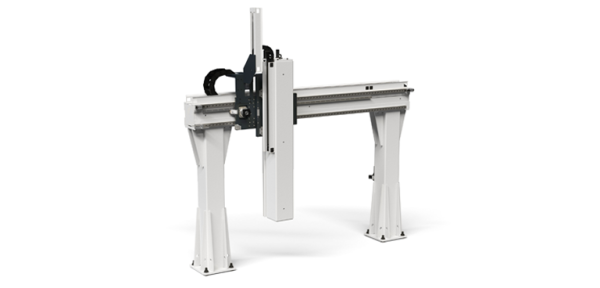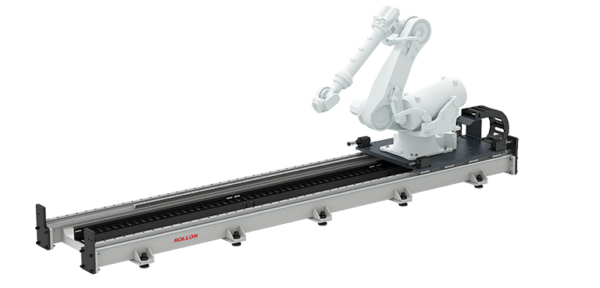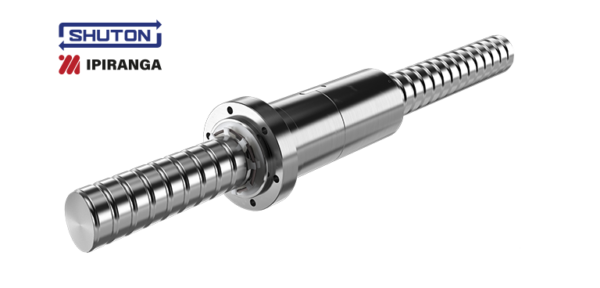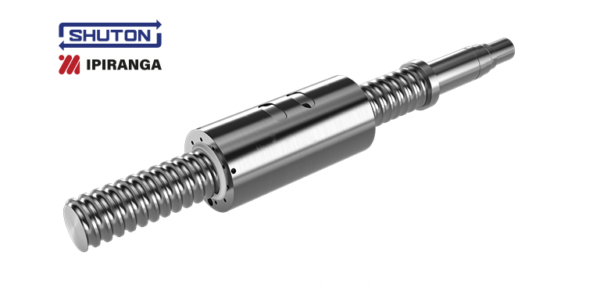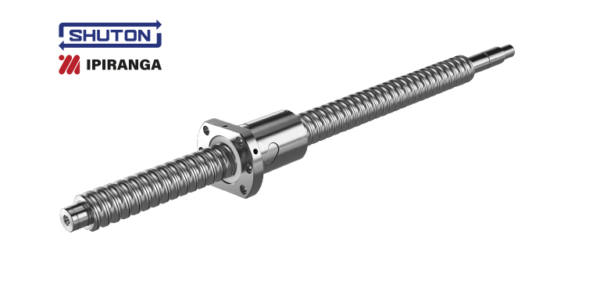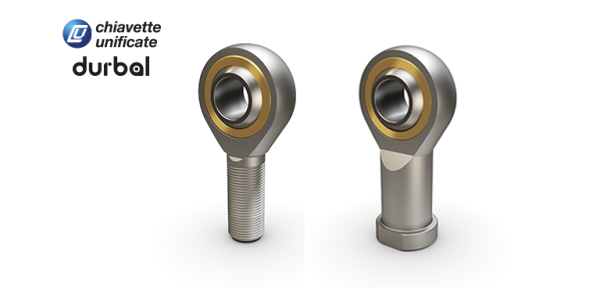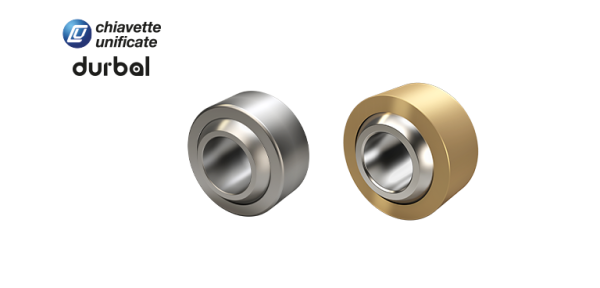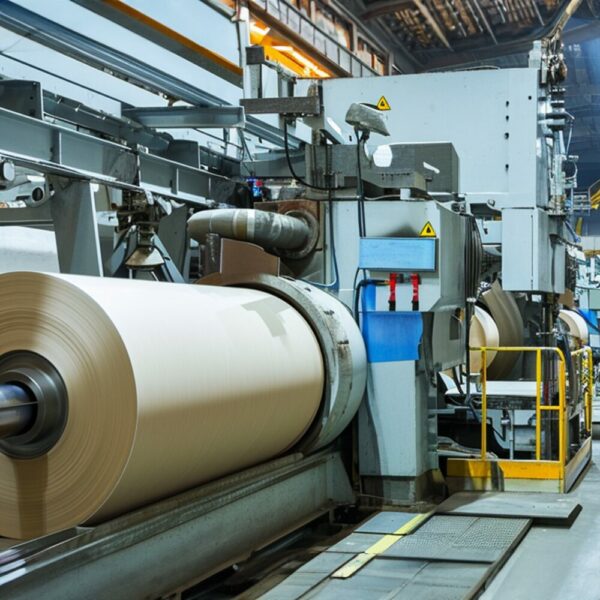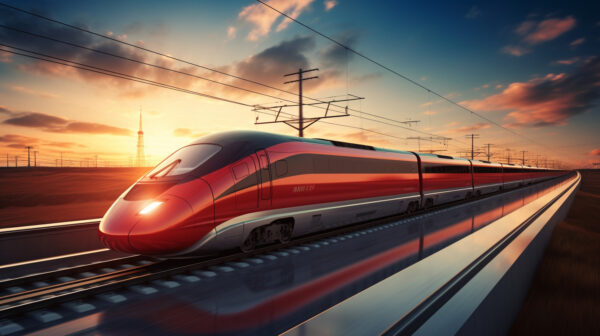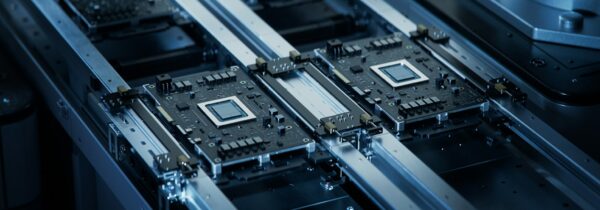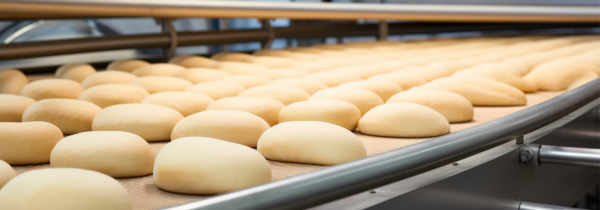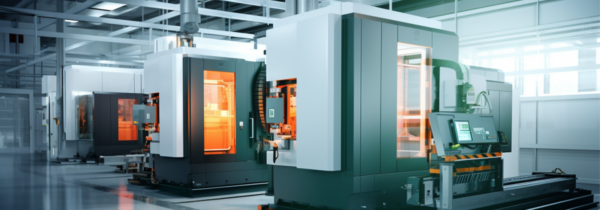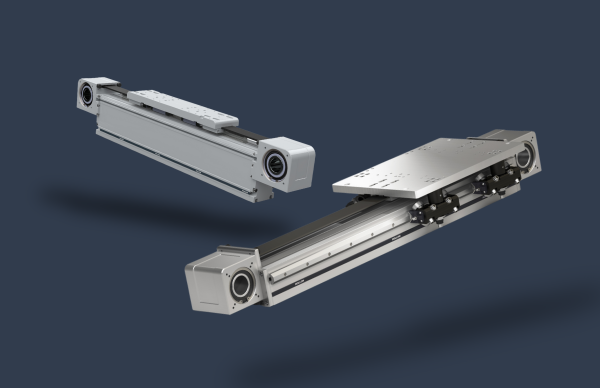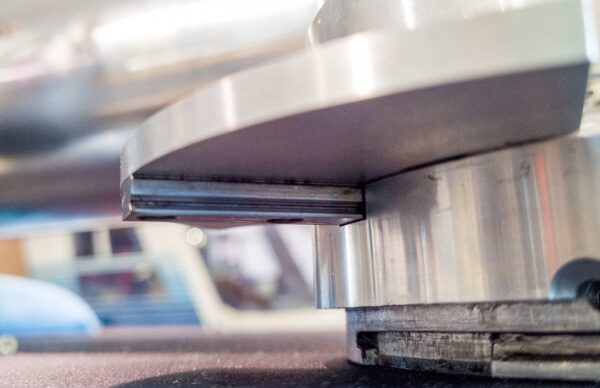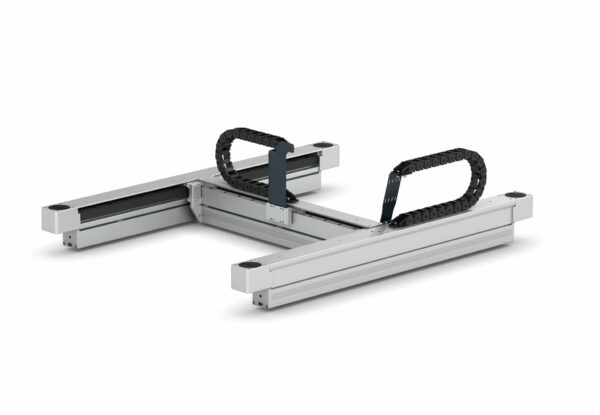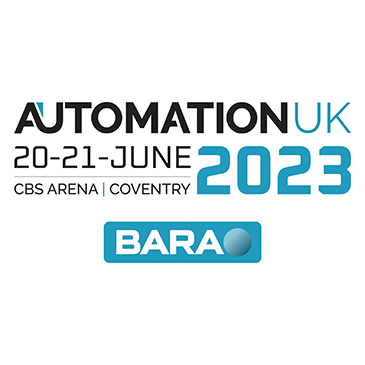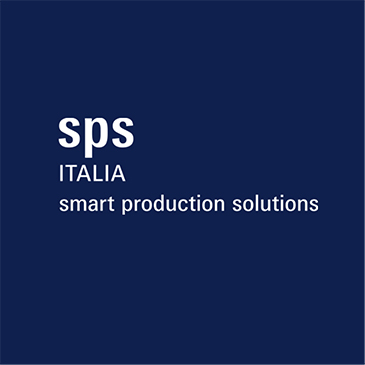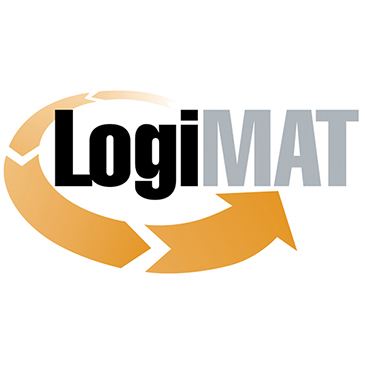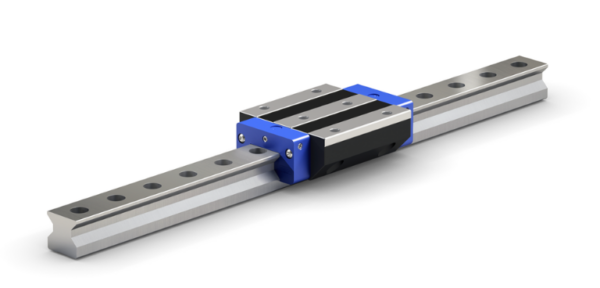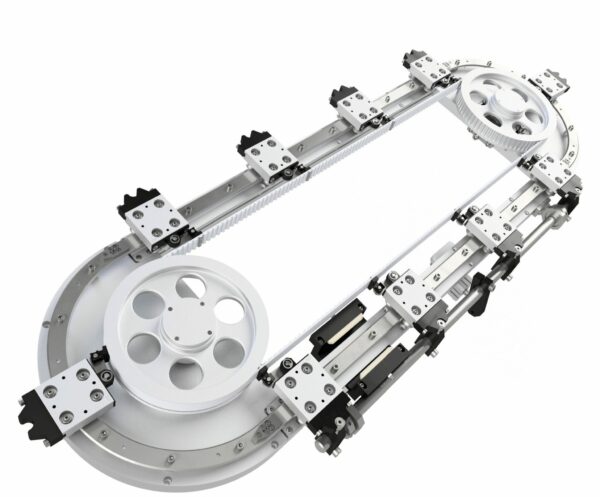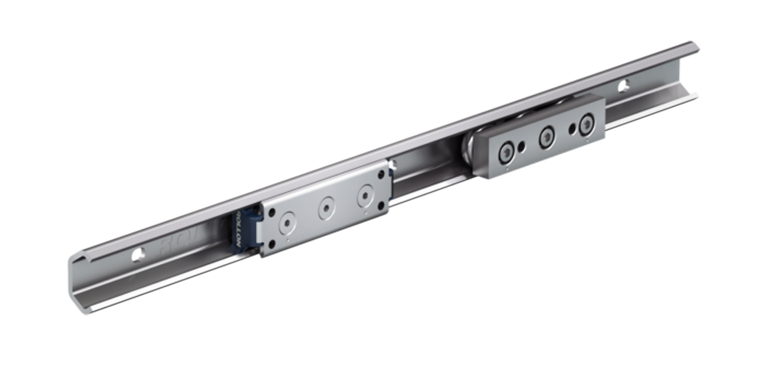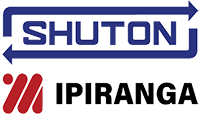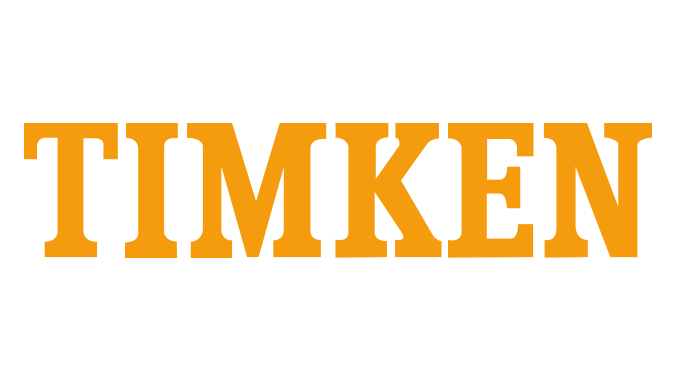When it comes time to choose a linear rail for medium-precision applications, many designers automatically opt for a profiled rail. In doing this, however, they automatically preclude certain types of linear rails which can prove to be much better suited – not to mention less expensive – than the tried-and-tested rails that are usually chosen and used.
Areas of application
Medium-precision applications generally required rails with a precision in positioning of between 200 microns and 2 millimetres.
This type of specification is very common in logistics or in automated production systems and installations, such as pick-and-place machines, portal robots and packaging machines.
Even machine tools are equipped with part loaders, tool change devices and doors which do not demand the levels of precision required by the rails which support the axes used in the context of piece handling.
In light of this, using rails designed for medium-precision applications instead of specialist profiled rails can prove to be a winning choice.
What factors to consider in the design phase
You need only consider a series of aspects which come into play when designing the new application to understand how many factors need to be accounted for and what they are. For example:
- What is the cost of any operations to adjust or rework the structure in order to manage imprecisions in construction and misalignments, both of which are factors to be avoided entirely when using high-precision rails?
- How much time am I prepared to spend on assembly?
- How much will wear and tear on the rail ultimately cost?
- What and how many functional failures am I prepared to accept by opting to use extremely precise, rigid rails?
Avoid “hidden costs”
If not managed properly by selecting the right rail, all these factors increase the time to market and the emergence of what are usually referred to as “hidden costs”, which have a significant impact on the “total cost of ownership” of a linear motion application.
Take an in-depth look at these topics and eliminate hidden costs by choosing the linear rail that is best suited to your application

